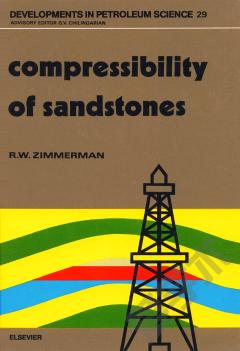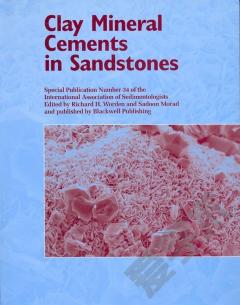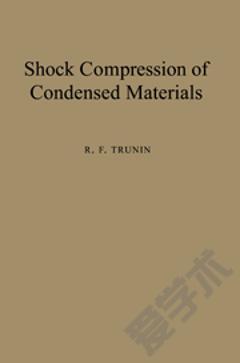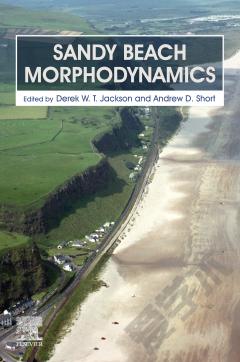Compressibility of Sandstones
This book is a comprehensive treatment of the elastic volumetric response of sandstones to variations in stress. The theory and data presented apply to the deformations that occur, for example, due to withdrawal of fluid from a reservoir, or due to the redistribution of stresses caused by the drilling of a borehole. Although the emphasis is on reservoir-type sandstones, results and methods discussed are also applicable to other porous rocks.Part One concerns the effect of stress on deformation and discusses porous rock compressibility coefficients. Elasticity theory is used to derive relationships between the porous rock compressibility coefficients, the porosity, and the mineral grain compressibility. Theoretical bounds on the compressibility coefficients are derived. The concept of effective stress coefficients is examined, as is the integrated form of the stress-strain relationships. Undrained compression and induced pore pressures are treated within the same general framework. Part One is concluded with a brief, elementary introduction to Biot's theory of poroelasticity. All the results in Part One are illustrated and verified with extensive references to published compressibility data.Part Two deals with the relationship between pore structure and compressibility, and presents methods that permit quantitative prediction of the compressibility coefficients. Two- and three-dimensional models of tubular pores, spheroidal pores, and crack-like "grain boundary" voids are analyzed. A critical review is made of various methods that have been proposed to relate the effective elastic moduli (bulk and shear) of a porous material to its pore structure. Methods for extracting pore aspect ratio distributions from stress-strain data or from acoustic measurements are presented, along with applications to actual sandstone data.Part Three is a brief summary of experimental techniques that are used to measure porous rock compressibilities in the laboratory.The information contained in this volume is of interest to petroleum engineers, specifically those involved with reservoir modeling, petroleum geologists, geotechnical engineers, hydrologists and geophysicists.
{{comment.content}}








 京公网安备 11010802027623号
京公网安备 11010802027623号